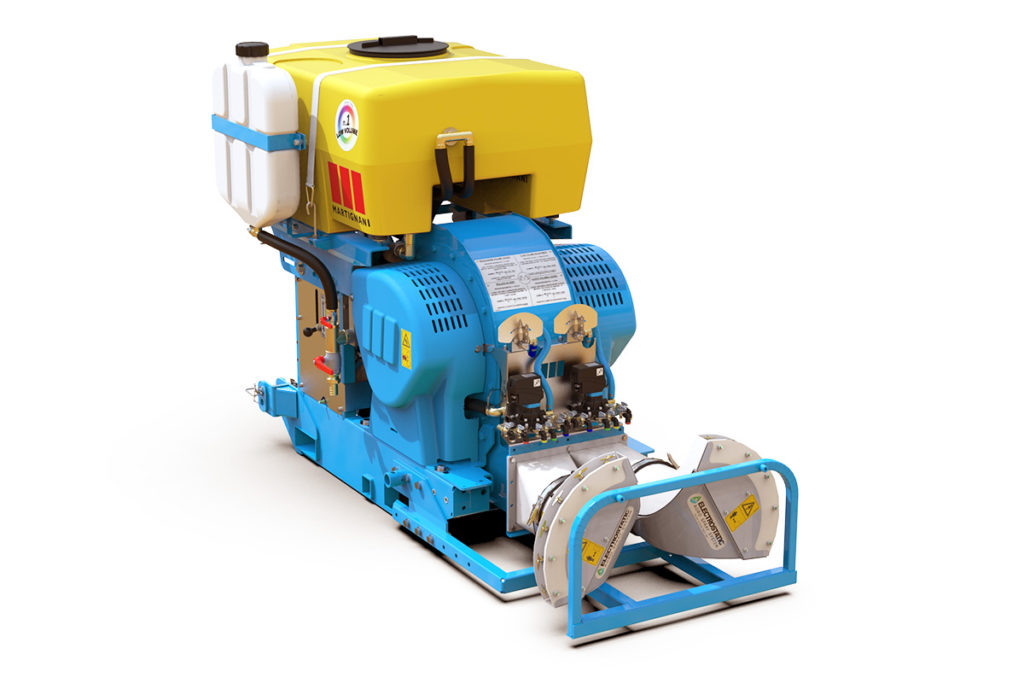Everything we use, wear, buy or eat requires water to be produced.
From the entire process for growing wine to car fuel or clothing production. Knowing the environmental impact this causes allows people to become more aware and limit water consumption, contributing firsthand to increased sustainability and environmental protection, as well as addressingthe water emergency that is affecting the world.

It is necessary to address the topic and make all the necessary calculations to develop a sustainable vision of water management.
Water Footprint in Agriculture
The water footprint in agriculture identifies the impact on the environment of the production of various crops. From this perspective, it is necessary to address the topic and make all the necessary calculations to develop a sustainable vision of water management.
How is the water footprint calculated?
Water footprint is nothing more than an environmental indicator that measures the volume of fresh water consumed. To calculate the water footprint, we currently use the Water Footprint Network platform : established 15 years ago by a collaboration of associations, companies, universities and civil society to promote the transition to sustainable, equitable and efficient use of freshwater resources worldwide.

According to this method of analysis, the water footprint has 3 components:
- Blue water footprint, which is the volume of water withdrawn from surface and groundwater resources for agricultural, domestic or industrial use. To calculate the blue water footprint, flow meters must be installed.
- Green water footprint, indicates rainwater evaporating, in plants and soils, especially in reference to cultivated areas. Continuously updated climate information is needed to calculate this component.
- Gray water footprint, indicates the amount of water resources needed to dilute the volume of polluted water so that the water quality, can return above the set water standards.
How to reduce the water footprint in agriculture?
One effective and sustainable way to reduce the water footprint in agriculture, without risking crop health, is through technological innovation in treatments. This means a move away from traditional high-volume, high-pressure spraying systems in which very large volumes of water are required to apply chemicals. With these systems, not only do you lose (and disperse) product and water, but you contaminate the soil by reducing biodiversity and soil fertility.

Martignani and the water footprint
Why is Martignani technology able to substantially reduce the water footprint in agriculture?
Martignani introduced the Low Volume techniquein Agriculture in 1958. In fact, he was a pioneer and to this day, almost 70 years later, he is a leader worldwide.
The technique of Low Volume of Martignani technology consistent with a rapid reduction in water footprint because. Reduces water use in treatments by up to 90%. Numerous tests from certified institutes around the world, as well as direct testimony from producers and farmers, show that the use of the Martignani sprayers in agriculture provides crop protection with a very important water saving in all types of crops (from table grapes to citrus, palm or bananas).
Example: in cherry tree cultivation with a conventional sprayer, products are applied with a water volume of 1500 liters per hectare (l/ha). While with Martignani, you work at a volume of 300 liters per hectare (l/ha).
- Savings: 1200 l/ha per application
- Average applications: 10 applications/season
- Savings per hectare of cherry trees: 12,000 liters of water/year (12 m3/year)
Water is a finite resource that is everyone’s responsibility. At Martignani, we work every day to save it and minimize its use.
Martignani, for a greener world.
This article was written in collaboration with Eng. Agr. Gonzalo Ramirez, our collaborator in Chile.
Learn about the atomizer
Discover the advantages of our atomizer
You might also be interested in.
Are you looking for a sprayer?
Discover the entire Martignani range



